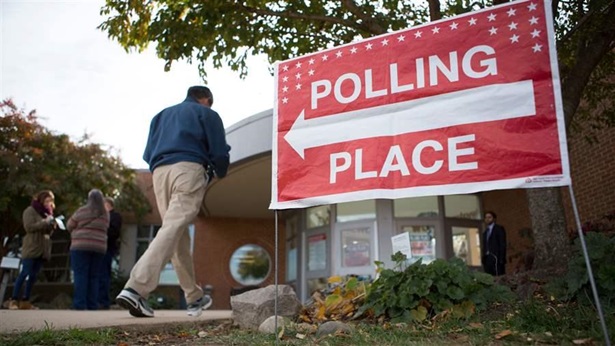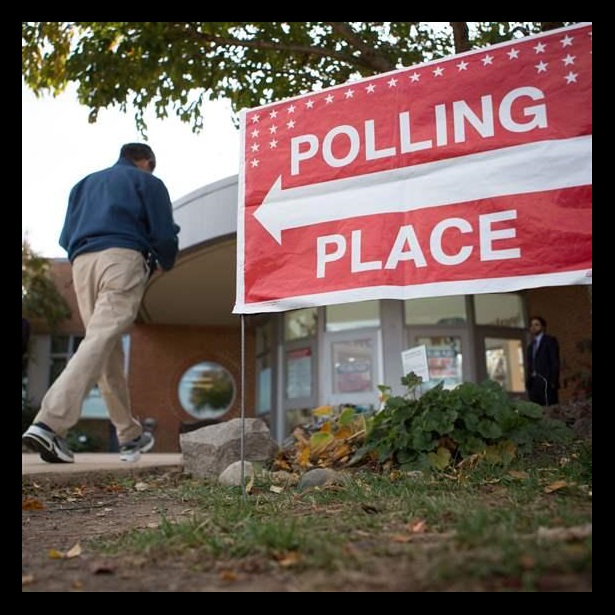New Postal Service Guidance on Election Mail, Absentee Ballots
The United States Postal Service (USPS) recently released guidance about the design and distribution of election mailings during the 2016 presidential election cycle. The report includes detailed instructions to local election officials regarding appropriate ballot labels and important mailing deadlines for absentee ballots, including those sent to and from members of the military.
USPS support of elections grows increasingly critical as states expand vote-by-mail and absentee ballot options. During the last presidential election, USPS handled more than 25 million return ballots, not including those from military voters. Currently, 27 states and the District of Columbia allow no-excuse absentee voting by mail, with three states—Oregon, Washington, and Colorado—now holding all elections entirely by mail. In these three states, every registered voter is automatically sent a ballot before Election Day.
The guidance also explains mailing procedures to ensure that military voters’ ballots are successfully returned and counted. The dates for all 2016 military election mail deadlines are available on the USPS website. According to the Federal Voting Assistance Program, in the three months leading up to the 2012 presidential election, local election offices mailed 51,725 absentee ballots for distribution to overseas military members, and the Military Postal Service sent 89,329 voter ballots back to the U.S., indicating that many voters downloaded ballots electronically but printed them and returned them by mail. Ballots took an average of 5.6 days to travel from absentee voters to election offices.
The USPS guidance addresses the importance of appropriate mail labeling, because 13 states require standard USPS postmarks in order to accept and count mailed ballots received after Election Day.
Sean Greene is the project director and Keara Castaldo is a research associate for election initiatives at The Pew Charitable Trusts.
Follow us on Twitter using #electiondata and get the latest data dispatches, research, and news by subscribing today.













